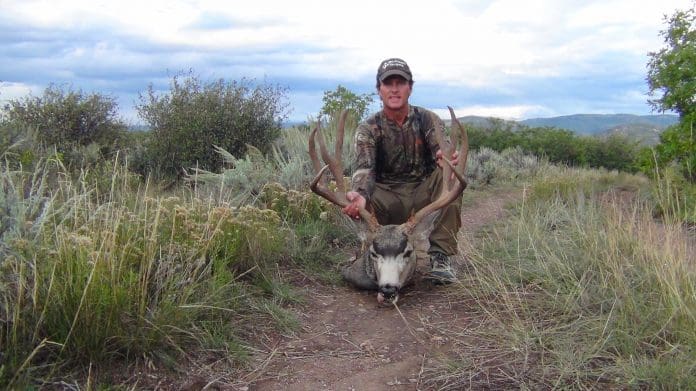If you’re lucky enough to live in the West, you shouldn’t have to travel far to hunt big mule deer. While quality varies from state to state, I believe the diligent deer hunter can find big mule deer in any western state. However, if your time, money (and energy) budget allows you to hunt other states AND those hunts don’t conflict with closer hunts that you can scout and hunt a lot (the only real secret to Killing Big Mule Deer,) you should apply for quality hunts beyond state lines.
I started 2015 with my personal application strategy in Application Season: Evaluating Your Personal Strategy
With every state having different application dates, a guy has to reevaluate his strategy almost monthly.
For example, I’m currently applying in Utah, Colorado, Nevada, Idaho, Wyoming, and Arizona. Their respective application deadlines are early March, early April, late April, late May, early June, and mid-June. Their respective draw announcement dates are late May, late May, late May, late June, late June, mid-July (I know, my head swims, too!)
If you develop an application strategy and set yourself reminders, you can start applying early in the states that allow, then wait for the results to post before you apply for states with deadlines pending. This ensures you won’t have the dreaded hunt overlap which invariably spreads you too thin. For example, Utah and Nevada almost always post before the Idaho application deadline so I can wait on those results before applying in Idaho.
States are always changing things so you have to stay current or your application strategy will fail you. For example, Wyoming just changed their deer application deadline to May 31st, so I can now wait to apply in the Cowboy state until I know if I’ve pulled a tag that could conflict in Utah, Nevada, and on some years, Colorado
Finally, you need at least one OTC hunt for a backup in the likely event you don’t pull any good tags. For me, I look to Idaho’s general seasons and Colorado leftover tags, but you can also find decent tags available after the draws in Utah, Nevada, Wyoming, and sometimes Montana.
If you’re only applying for one species, it’s not too hard to keep your strategy fine tuned. Once you start adding other species, it can get very confusing. Every year I have hunters who’ve contracted for my scouting services, WeScout4u.com, who have drawn too many conflicting tags and end up either missing some good hunts or more often trying to hunt them all, which rarely ends well.
Make sure you think hard and plan ahead when developing your application strategy so that once hunting season is here, you’re exactly where you’re supposed to be and not wondering if the grass is greener somewhere else.




















